Cait’s gameschool day in the life ~
Written by Caitlin Fitzpatrick Curley
Hello, Simple Homeschool friends!
I am writing this post a little early this year, as I am traveling in early January. In years past, I’ve tried to share a typical homeschool day in the life to give you a sense of our homeschool routine, but this year I am going to switch things up.
Today, I am sharing a gameschool day-in-the-life.
I don’t know about you guys, but the week after Christmas is anything but typical over here.
It is a week of slow, glorious family time. We snuggle on the couch, lost in new books. We hike on snowy trails and then come inside to work on puzzles and sip hot cocoa. And boy-oh-boy do we play games.
We are gameschoolers. Gameschooling looks different for everyone, but in our world, it means that we prioritize play. I consider play to be an essential part of our homeschool day. On a normal week, we play at least one game daily.
But, as I said, I’m reporting to you from the week after Christmas.
The kids are still on a Christmas high. The house is a happy disaster, with pine needles and cookie crumbs underfoot. And mom and dad are happy but dog tired.
It’s the perfect week for gameschooling!
I truly, wholeheartedly, believe that homeschooling can be almost all fun and games. Play is essential for child development. And, guess what? Play isn’t something just for kids. Science has shown again and again that play is good for all of us. (Don’t believe me? Click here.)
If you want to add more play to your homeschool day in 2020, but you don’t know where to begin, please keep reading. I’m sharing a few helpful gameschool freebies with you!
Adding more play to your homeschool day can change the entire atmosphere of your homeschool.
When you sit down on the floor to play with your kiddos, you are boosting connection and fueling learning. Board games offer children a relaxed, non-threatening way to practice and learn new skills.
I hope that this gameschool day-in-the-life will show you that kids learn all the time. I’m going to show you how much learning can happen, even when you have zero expectations, and I am going to share a super-simple way to record your play so that it “counts” as homeschooling.
But first, because I am a creature of habit, this gameschool-day-in-the-life started as it always does: with a read-aloud.
We call our morning routine Coffee and Books. It is a treasured homeschool tradition and is super-simple to maintain. I roll out of bed, pour coffee, and read books while the kids eat breakfast. I love this routine because we all know reading aloud is the most important part of the homeschool day and, with Coffee and Books, I get to tick off a big homeschool must-do right off the bat.
This week, we are reading Little Women (afflink) because my children have never read it and I want to take them to see the new film. It grows my heart to read books that I loved as a child with my kiddos. It’s a happy bonus that they are loving it just as much as I did as a kid!
After Coffee and Books, we tackle our morning chores and then head upstairs to brush teeth.
Once teeth are brushed, on a typical day, we would work on our “homeschool must-dos;” these vary but usually include the following:
- Reading
- Math
- Writing
- Music
- Nature
- Play
But this isn’t a typical day! We have a day full of white space and zero plans. Today is a *gameschool* day.
So, instead of tackling homeschool “must-dos” as we normally would, I asked the kids if they wanted to play a game with me and the answer was a resounding yes.
Cait’s gameschool day in the life (with an 8-, 10-, and 11-year-old)
First up: Listography
I received Listography as a gift from a friend. (I am a major list-maker, you guys!) In this game, everyone creates and shares lists based on a prompt card. Sometimes, you want your list to be unique. Other times, you want your answer to match those of fellow players. Players take turns drawing prompt cards.
Here are some prompt examples from the game we played:
- Things associated with pirates
- Types of pasta
- Movie villains
- Instruments in a marching band
The first person to reach the end of the game board is the winner. It sounds simple and fun, right? It is!
And while we were having fun playing Listography together, the kids were working on academic skills including:
- Reading aloud
- Reading comprehension
- Writing
- Spelling
- Penmanship
- … and more!
Next up: Election Night!
This is another new-to-us game and I love it. Election Night!(sponsor)is the perfect game for the 2020 election year. This award-winning game is gameschool perfect and I am happy to report that my kids adore it!
(Psst! If you’re looking for more homeschool resources for the upcoming election year, I’ve got you covered.)
The object of Election Night! is to earn 270 electoral votes and become President of the United States. Players battle for critical electoral votes, and must strategize to win key states.
The game features a two-sided board. One side is for addition and the other is for multiplication. The dice used in the game are called Smart Dice. They are specially designed to feature harder-to-master sums and products. (Read: your kids are working on those trickier math facts while trying to win the election!)
When your children play Election Night!, they will be working on:
- Civics
- U.S. Geography
- Probability
- Addition and/or multiplication
- … and more!
After playing Election Night!, we realized we were famished. It was time for a lunch break.
Next up: Absolute Zero
After lunch, we made some hot cocoa and continued our gameschooling.
Side note: readers often write to me and say that they want to play with their kiddos but the kiddos aren’t interested. I always tell them that they need to make their gameschooling more delicious. By adding popcorn, or chips and guac, or even just a cup of cocoa, kids can’t help but play with you!
Absolute Zero is a math card game that was created by a math teacher. The game can be played with three, four, or five cards in a hand (more cards make for a more challenging game).
The goal of the game is to combine positive and negative number cards to create a value of zero.
The winner of each round is the player who reaches zero first. Then, all other players must add the absolute value of the remaining cards in their hand. The player with the lowest score after five rounds wins the game.
When your kiddos play Absolute Zero, they will be learning about:
- Positive and negative numbers
- Practicing addition and subtraction
- The concept of absolute zero
- … and more!
Next up: Balderdash
Do you remember this one? Balderdash is such a classic party game. In this bluffing game, players must make up phony definitions to be read alongside the real answer. For example, we are still laughing about this one:
“Who was Frank Silver”
The real answer is that Frank Silver wrote the song, “Yes, We Have No Bananas” but everyone thought that was made up! Instead, the most votes went toward the phony answer, “CEO of Apple Computer in 1990”- hilarious!
When they were playing Balderdash, the kids were working on academic skills including:
- Reading aloud
- Reading comprehension
- Writing
- Copywork (players take turns copying the actual definition)
- Creativity and imagination
- Spelling
- Penmanship
- … and more!
Just look at all this writing… and we weren’t even done yet!
Next up: Five Crowns
At this point, my 10-year-old daughter decided to take a gameschooling break so that she could finish reading the second book in the Books of Elsewhere series. My boys have been on a Five Crowns kick lately and so we decided to play one game together, just the three of us.
Five Crowns is a 5-suited rummy-style double-deck card game with shifting rules. In the first round, players are dealt 3 cards and 3s are wild. In the second round, players are dealt 4 cards and 4s are wild… all the way up to the 11th round.
Number cards are worth their face value, while Jacks are 11 points, Queens are 12, Kings are 13, Jokers are 50 and that round’s wild card is 20. Each round, players rush to make runs (a sequence of three or more cards of the same suit) and books (three or more cards of the same value, regardless of suit). The player with the lowest number of points after 11 rounds is the winner.
Five Crowns is wildly addictive and it’s hard to play just one game. (And you don’t have to take my word for it! It has approximately a bazillion 5-star reviews online.) You can also play a solitaire version of Five Crowns!
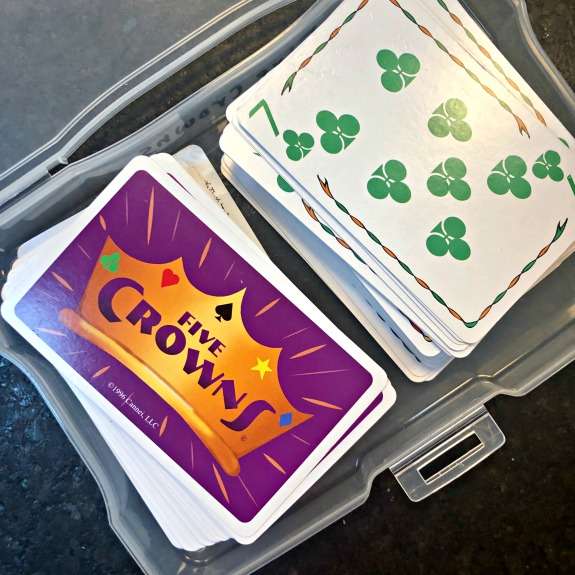
While the boys were playing Five Crowns, they were practicing:
- Cognitive flexibility (different rounds have different rules!)
- Addition and subtraction
- Strategy
- Memory and attention
- Pattern recognition
- … and more!
Next up: Tri-ominos
I cannot tell you how many times we’ve played this one this winter! We are hopelessly addicted and I love every second of it because I loved this one as a kid! Tri-ominos is a fun twist on traditional dominos.
Unlike traditional dominos, Tri-ominos are three-sided and that adds to the challenge!
The goal of Tri-ominos is to be the first player to reach 400 points over several rounds. Players take turns matching their tri-ominos to the ones previously played. If a player cannot make a match, she must draw from the well until she can make a move. Bonus points are awarded for certain moves, including ending the round. The first player to use up all of their tri-ominos wins the round.
Tri-ominos works on the following skills:
- Addition and subtraction
- Strategy
- Matching
- Visual-spatial awareness
- … and more!
We played Tri-ominos for quite some time and, as you can see from the photo below, it got dark!
After Tri-ominos we took a break for dinner and then wrapped up our day with two favorites.
Finally: Two Silly Card games
At this point that I stopped taking photos because it was dark and they came out terribly.
We played one round of Trash Pandas, a card-and-dice game from Gamewright that the kids got for Christmas. This game makes my kids giggle, but they are also working on:
- Probability
- Strategy
- Addition and subtraction
- … and more!
Finally, we played the slap-happy and hilarious card game called Taco Cat Goat Cheese Pizza. This is one of those games you can learn in minutes and play for days. It’s not an Educational-with-a-capital-E game, but the kids do work on some skills including:
- Visual discrimination
- Attention
- Impulse control
- … and more!
And do you know what? I don’t think every game needs to be Educational-with-a-capital-E. When you play with your child, you are forming a connection, making memories, and creating a playful atmosphere. That’s homeschool GOLD right there!
After all that play, it was time for bed!
What I want you to know about gameschooling:
- You don’t need a ton of games for gameschooling. All you need are a few gameschool basics and a desire to play more with your kiddos.
- There is no right or wrong way to gameschool. Some people play daily. Others play weekly. Some people have a four-day week and one day of gameschooling. Some families choose to have a game night once a month. Others gameschool on school vacations and during the summer. Some people have “family game night” first thing in the morning because their kiddos are in better moods. All that matters is that you play with your kiddos. You can make gameschooling work for your unique family.
- The biggest challenge for new gameschoolers is finding the time to play. I want you to know that you need to prioritize play. Consider it a homeschool “must-do” – even for just a trial period. I promise you won’t be disappointed!
- Play counts as learning, period. Keep reading and I’ll show you how.
How to make your gameschooling “count” at the end of the homeschool year
I often hear from homeschool parents who want to play more in their homeschool, but they struggle with how to document their play so that it “counts” at the end of the school year. I have several ideas for you here, but here is a super-simple one:
This Gameschool Log is a super-simple way to record your play. Fill in the date, list the games, and check off the academic subjects and cognitive and/or social skills you covered during your play. This log can be added to your homeschool portfolio!
This was a day with zero plan and just look at all the academic subjects we covered! I let the kids choose and I played with them. The learning was just a bonus!
How to add gameschooling to your homeschool routine in 2020…
If you want to add more play to your homeschool day in 2020, I have several Gameschool Challenges for you. Let me show you two of them…
The first is Gameschool Bingo:
I love this resource because it’s super flexible so you can make it work for your unique family. Sometimes monthly photo challenges can be overwhelming.
This resource has all the fun with zero pressure, plus it gives your kiddos ownership over their play!
You can read more about how to use Gameschool Bingo and download your own set here.
The second free gameschool resource is 365 Days of Play:
Yes, it’s true! I’ve created 365 play prompts to keep you busy the whole year through! You can choose to follow the prompts daily, or choose to use the prompts at random. Do whatever works for your family- the most important thing is that you play together!
I hope this day-in-the-life will inspire you to play more in 2020. You can read more about the above resources and download the freebies here.
We don’t *just* gameschool…
Today, I shared an atypical day in our homeschool. The week after Christmas is perfect for gameschooling, but our homeschool days don’t always look like this!
Our curriculum choices include a patchwork of creative educational resources, from online math and science classes to Lazy Unit Studies. We use gameschooling as a supplement to our core curriculum choices, but we do consider play to be an integral part of our homeschool day.
Our week includes a variety of activities including:
- Field trips
- Art lessons
- Piano lessons
- Story Club
- Scouts
- Hiking
- Athletic practice (soccer, swim, gymnastics, or ski, depending on the season)
- Gameschooling dates with friends
What you don’t see here…
Please know that I’m just a homeschool mom, doing this homeschool thing right beside you.
All of the photos above are carefully cropped so that you don’t see the Christmas cookie crumbs, wrapping paper scraps, random gift bags and boxes, and teetering laundry baskets.
I have the same worries that you do. I second guess myself all the time. My children squabble. They spill juice and our pooch walks through the puddles, spreading stickiness throughout our home.
I raise my voice more often than I’d like to admit. They roll their eyes more than I wish they would.
This is real-life homeschooling- and gameschooling- in all its beautiful, sticky, messy, wonderful glory. And I wouldn’t change it for the world.
Have you ever had a gameschool day in the life? What does it look like for you?
My, how the days have changed:
- 2019: Cait’s homeschool day in the life (with an 8-, 10-, and 11-year-old)
- 2018: Cait’s homeschool day in the life (with a 7-, 9-, 10-year-old and puppy)
- 2017: Cait’s homeschool day in the life (with a 5-, 7-, and 8-year-old)
- 2016: Cait’s homeschool day in the life (with a 4-, 6-, and 7-year-old)
This post contains affiliate links, which means Simple Homeschool receives a small commission from some of the links on this page.
What’s Your Homeschool Mom Personality? Take Jamie’s quiz now and receive a free personality report to help you organize your homeschool based on what you need most!

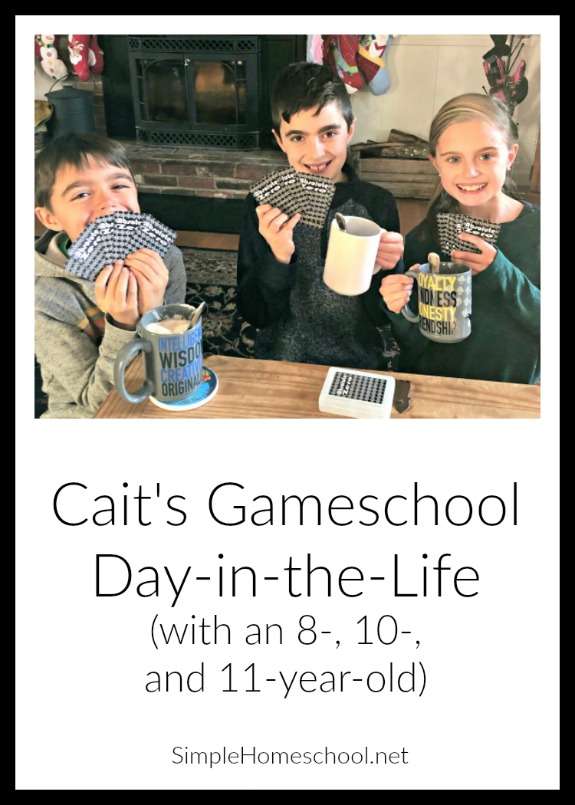
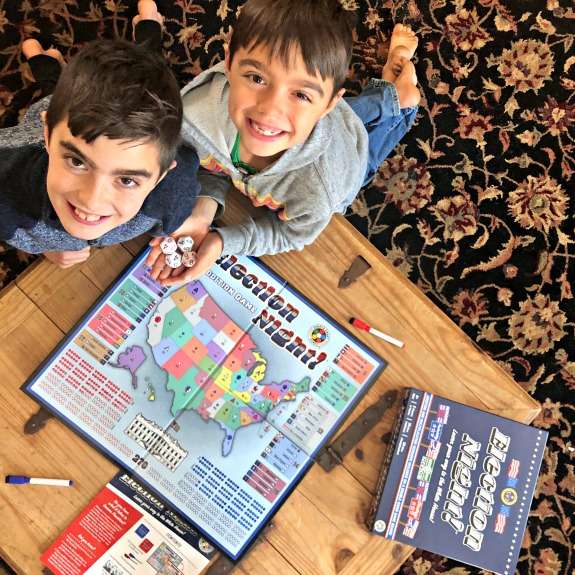
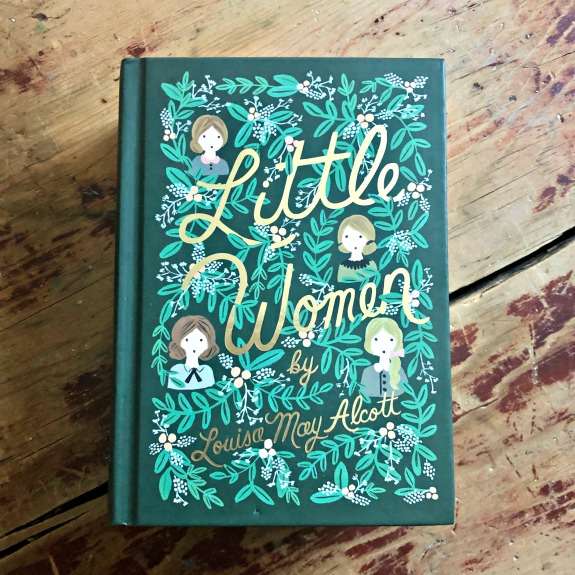
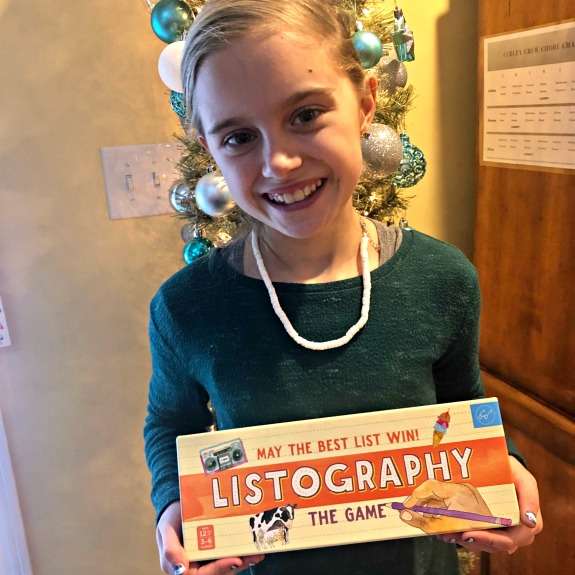
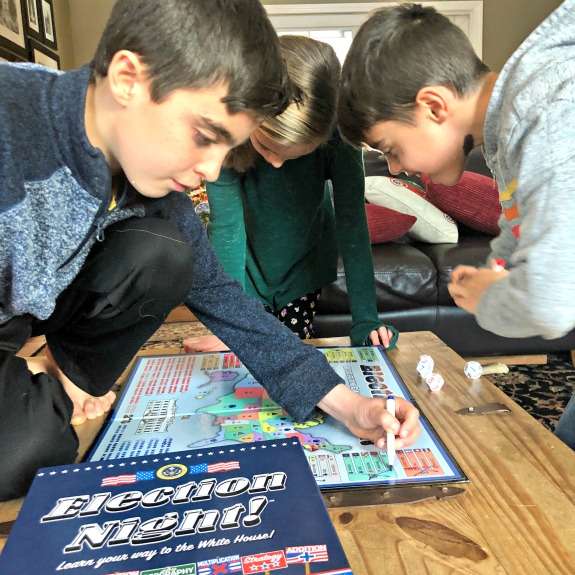
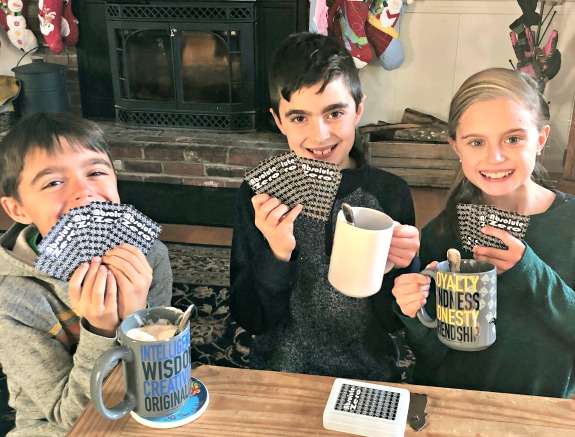
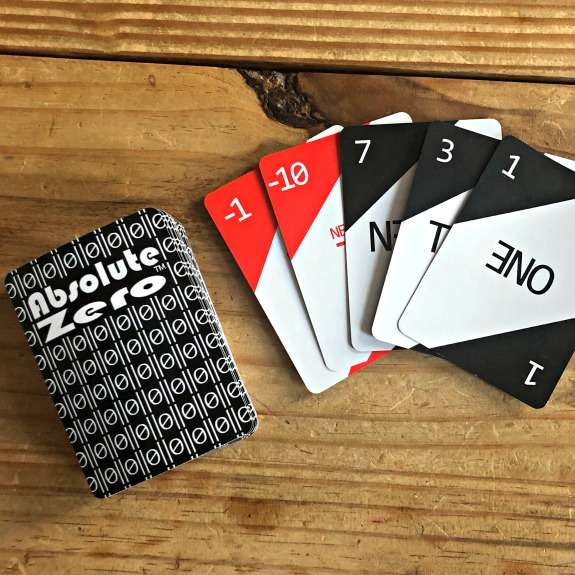
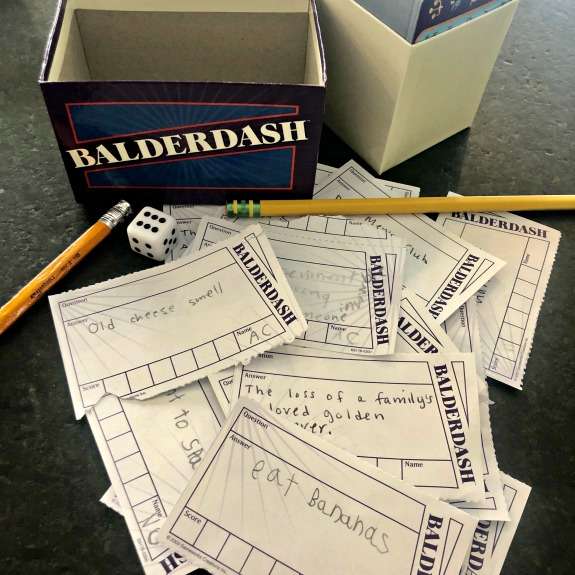
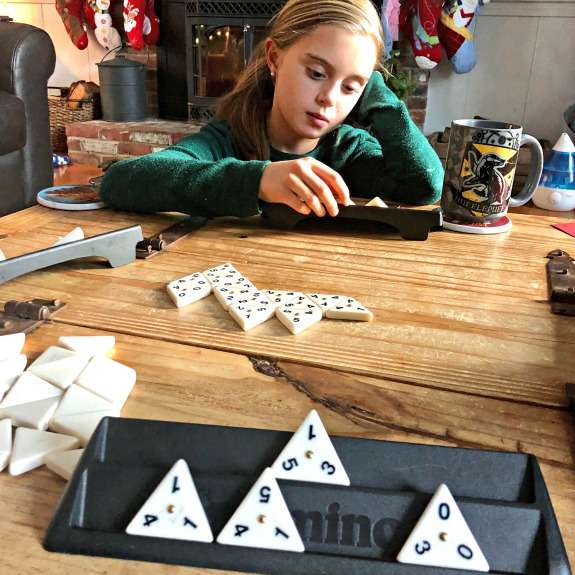
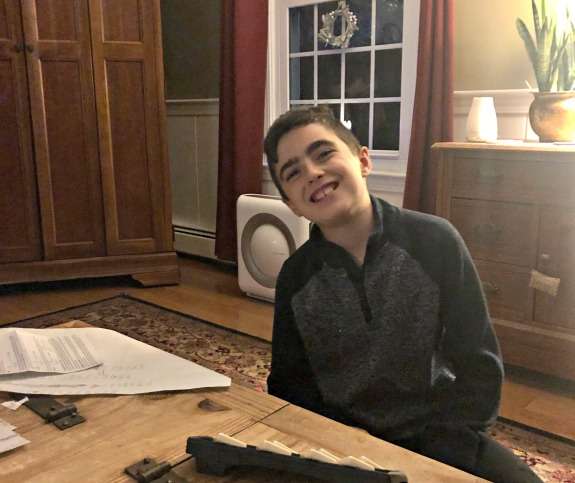
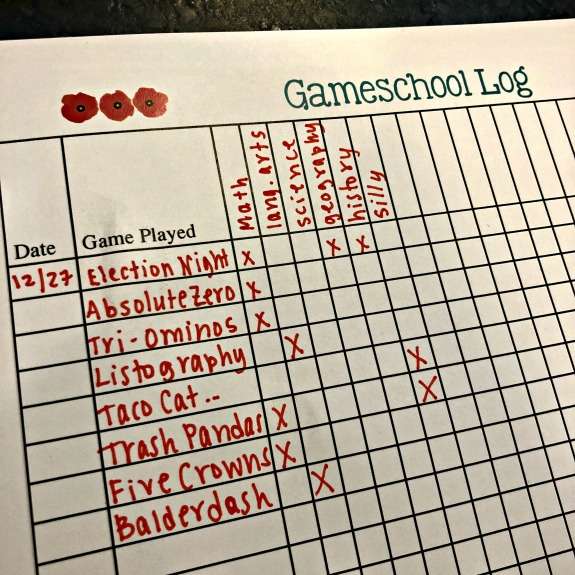
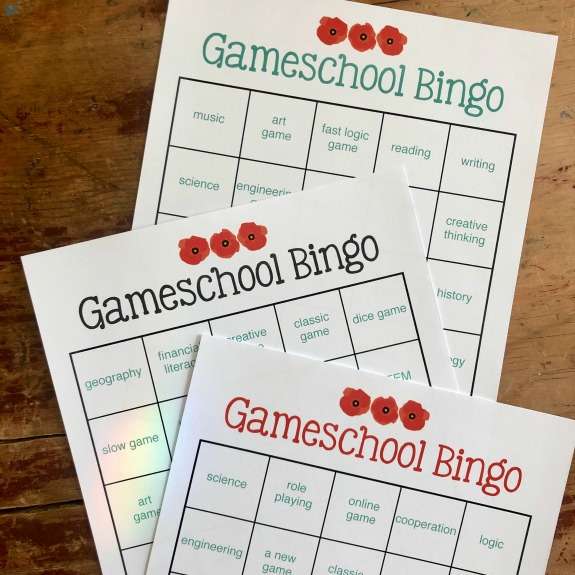

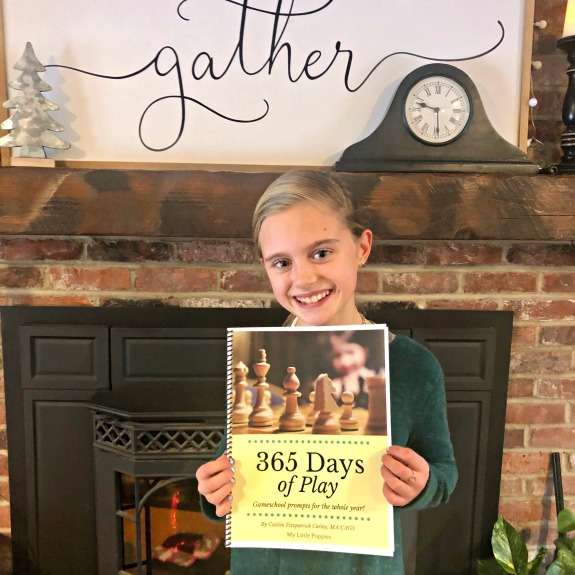
 Weekend homeschool links
Weekend homeschool links
A day of games sounds AMAZING! We are still confined to mostly naptime and after the 1-year-old’s bedtime. Thankfully, the oldest two are able to play many games together even when mom or dad is busy. Thanks for a lovely glimpse at my future!!!!!
You’ll get there, I promise! You’re already growing little gamers. Have so much fun, Jen!
Caitlin Fitzpatrick Curley’s latest post: The Best Math Picture Books for Your Homeschool
We’ve been unschooling since our children were born–if I had to define it, I would say unschooling is living life intentionally (making good activity and book/media consumption choices), slowly (at the speed of the littles’ ability to help and with time for questions and explanations), and humanely (with sleep, food, hygiene, and exercise as priorities). However, now that our 5yo is coming up on “officially” being in kindergarten, we’re trying to figure out how we can keep our intentional, slow, and humane lifestyle while *also* introducing direct literacy and numeracy instruction while *also* being realistic about 3yo’s ability (or not quite ability) to play independently while *also* balancing 5yo’s preference for fine-motor play and 3yo’s NEED for gross-motor play. HELP! Routine and rhythm are the answer, we know. But how?
Read lots of books and play heaps of games. Get outside daily and explore the wonder underfoot, in plain sight. If you need more help, I have oodles of resources on my site. Just search gameschooling, picture books, and/or “Lazy Unit Study” and you’ll find tons. You’ve got this!
Caitlin Fitzpatrick Curley’s latest post: The Best Math Picture Books for Your Homeschool
Any suggestions for one-child families? We love games, but so many of the fun ones need 3-4 people to really get off the ground. I think my 11 year old would really respond to more gameschooling, but I need some ideas. He’s super strong in math, and an emergent reader and writer.
Our family got Cahoots for Christmas (you can order on Amazon), and it can be played with 2 or more people. Often, it’s just my son and I playing it together, and we have a blast! It’s so flexible because you can adjust it to be more or less challenging, depending on your child’s age or skill. Also, it’s played against the game, so players are actually working together to beat the game, which helps to minimize conflict for kids who are easily upset by “winning or losing.” It’s quickly becoming one of our favorites!
I have heard great things about this one! So glad you’re having a fun time together!
Hi, Sara!
Some of our family’s favorite games are one-player games.
You can read more here: https://my-little-poppies.com/gameschooling-one-player-games/
Many games accommodate two and three players. We’ve been enjoying a game called “Welcome to Your Perfect Town” and you can play it single or with up to 100 players! Many card games- and a lot of the popular ones from Gamewright- accommodate two players as well. You can check them out here:
https://my-little-poppies.com/gameschooling-card-games/
Hope this helps! Have so much fun!
Caitlin Fitzpatrick Curley’s latest post: The Best Books for Growing Readers in Your Homeschool
Hi, Sara!
Some of our family’s favorite games are one-player games.
You can read more here: https://my-little-poppies.com/gameschooling-one-player-games/
Many games accommodate two and three players. We’ve been enjoying a game called “Welcome to Your Perfect Town” and you can play it single or with up to 100 players! Many card games- and a lot of the popular ones from Gamewright- accommodate two players as well. You can check them out here:
https://my-little-poppies.com/gameschooling-card-games/
Hope this helps! Have so much fun!
Caitlin Fitzpatrick Curley’s latest post: The Best Books for Growing Readers in Your Homeschool
We maintain four children, two in diapers. Immediately my excel half perfectly conveys two or three diapers, a few wipes, a join of invalidate baggies and a pacifier soon in her tote. We amass some additional garments in the nautical aft of the minivan. The entirety else is sauce.